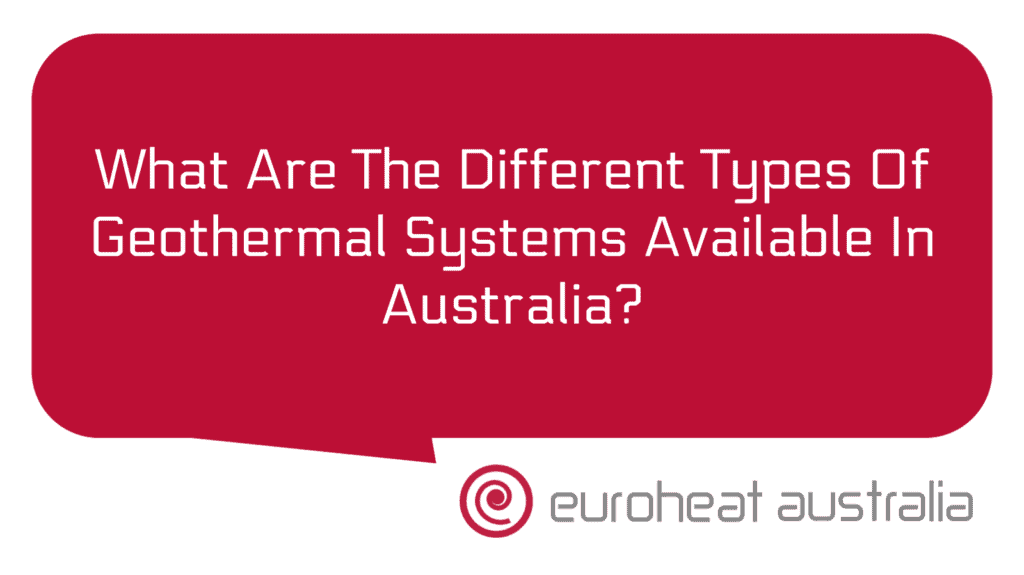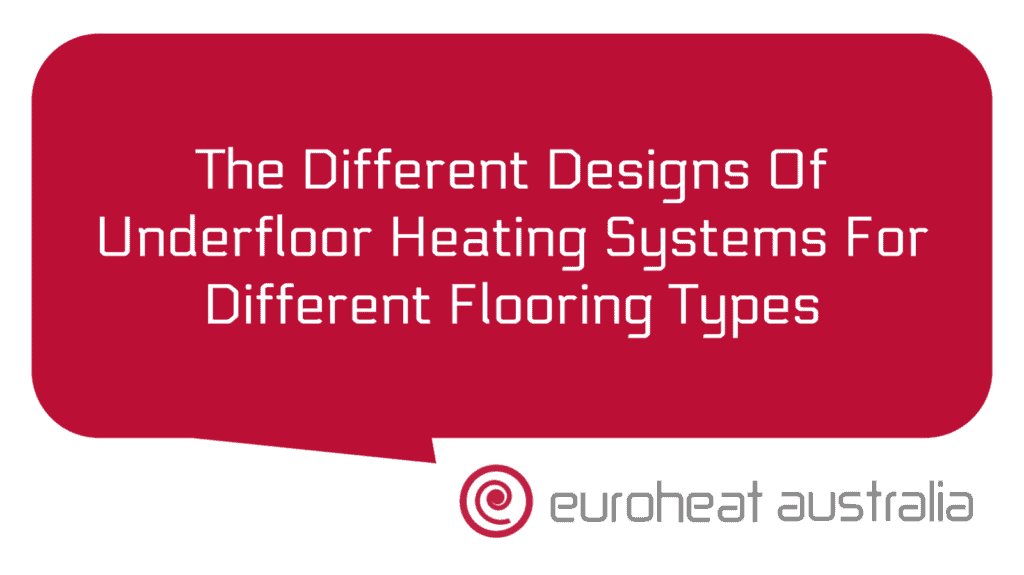If you’re looking for a way to heat and cool your home in Australia, you might want to consider Geothermal systems. Geothermal systems use the renewable energy of the earth to provide heating and cooling for your home. They are an efficient and cost-effective way of providing a comfortable environment all year round.
There are a few different types of Geothermal systems available in Australia, so it’s important to understand the pros and cons of each before deciding which one is right for you. Here is an overview of the different types of Geothermal systems available in Australia:
1. Direct Exchange (DX) Systems: Direct exchange (DX) systems are the most common type of geothermal system in Australia. In this system, refrigerant is circulated through pipes that are buried underground. The refrigerant absorbs heat from the ground, which is then used to heat or cool your home. These systems tend to be more efficient than other types of Geothermal systems, as they don’t require additional components like pumps or fans. However, they do require more excavation work during installation than other types of Geothermal systems.
2. Open Loop Systems: Open loop systems use water rather than refrigerant to transfer heat from the ground into your home. This type of system requires two wells – one for extracting water from the ground and another for returning it back into the ground once it has been used for heating or cooling purposes. Open loop systems are usually more expensive than direct exchange (DX) systems, but they offer increased efficiency over time, as well as fewer maintenance requirements due to their design.
3. Closed Loop Systems: Closed loop systems are similar to open loop systems but instead use a closed loop of pipes that run between two wells – one well extracts water from the ground while the other returns it back into the ground after it has been used for heating or cooling purposes. This type of system tends to be more expensive than direct exchange (DX) or open loop systems but offers increased efficiency over time as well as fewer maintenance requirements due to their design.
No matter which type of geothermal system you choose, they all offer great benefits compared to traditional HVAC (heating, ventilation & air conditioning) solutions such as reduced energy bills and lower carbon emissions due to their high efficiency levels.. Additionally, installing a geothermal system can also help save money on repairs since these systems tend to last much longer than traditional HVAC solutions – up to 25 years with proper maintenance!
When deciding on which type of geothermal system is best for you, working with experienced professionals like Euroheat Australia will make sure that you get exactly what you need without any problems along the way! With over 30 years experience designing and constructing hydronic heating & cooling solutions in Perth and across Australia, Euroheat will make sure that your new heating/cooling solution is designed perfectly suited for your needs while also making sure that it’s installed correctly so that you can enjoy its benefits for many years down the road!





